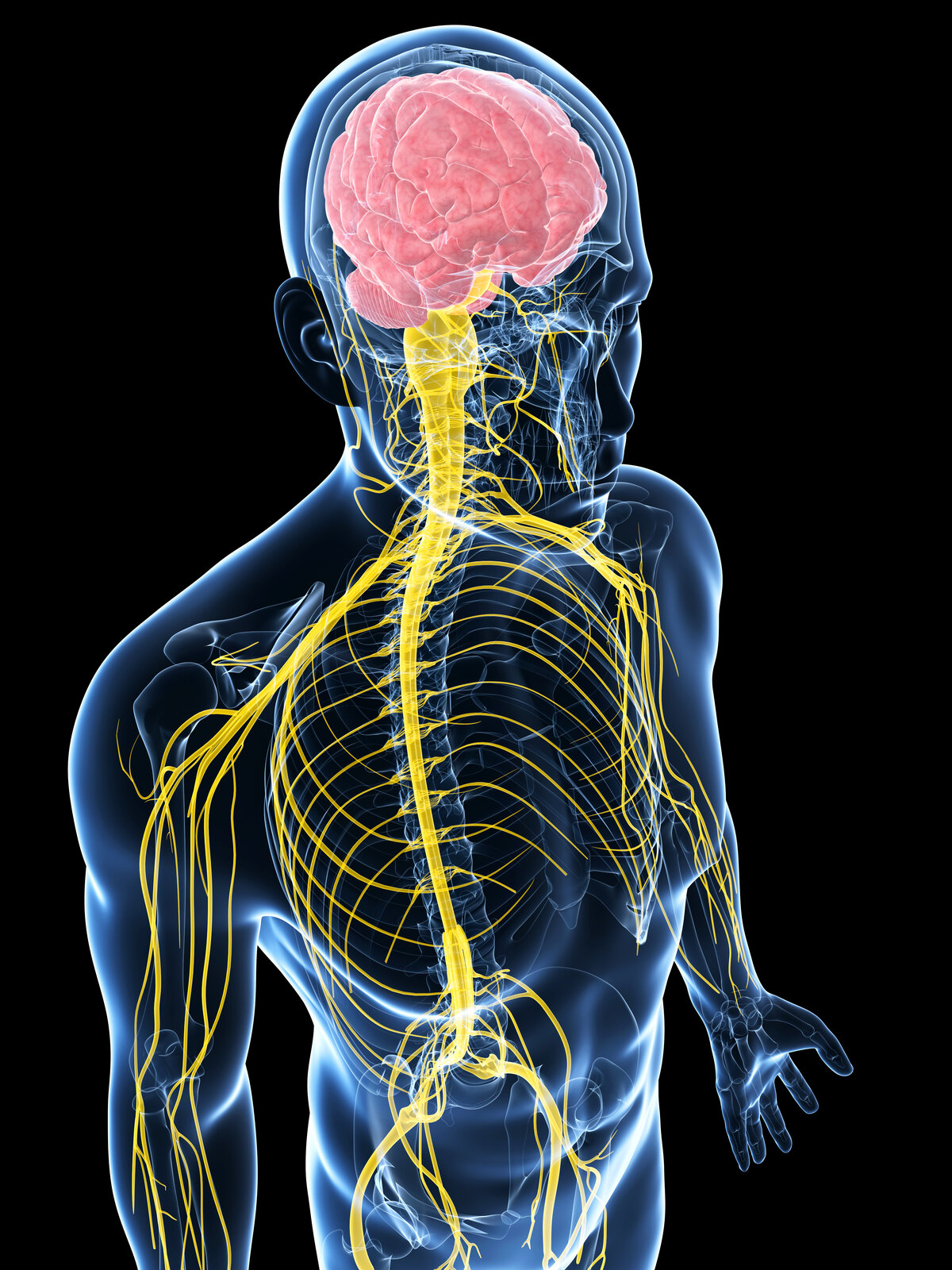
Greater Orlando Neurosurgery & Spine encourages and often requires patients to learn about their disease process.
Medical decision-making is a responsibility shared by the patient, and, gaining knowledge about your condition is one of the first steps towards making decisions for successful treatment.
It is important to understand your goals of treatment and to communicate them openly with your neurosurgeon. You can then develop realistic expectations and enter into an important mutual commitment of surgical treatment and rehabilitation therapy.
Chiari Malformation
Chiari malformation occurs when structural defects in the cerebellum (the part
of the brain that controls balance) and parts of the brain stem are forced to
sit in an abnormal position above the spinal canal.
Trigeminal Neuralgia
This intense, stabbing, electric shock-like pain is caused by irritation of
the trigeminal nerve, which sends branches to the forehead, cheek and lower
jaw. It usually is limited to one side of the face. Although trigeminal
neuralgia cannot always be cured, there are treatments available to alleviate
the debilitating pain.
Brain Tumor
Known as an intracranial tumor, this is an abnormal mass of tissue in which
cells grow and multiply uncontrollably. Primary brain tumors include tumors
that originate from the tissues of the brain, or the brain's immediate
surroundings. Primary tumors are categorized as glial (composed of glial
cells) or non-glial (developed on or in the structures of the brain, including
nerves, blood vessels and glands) and benign or malignant.
Acoustic Neuroma
Also known as a vestibular schwannoma, it arises from the 8th cranial nerve,
which travels from the brain to the ear. Although these tumors are benign and
do not spread to other parts of the body, they can cause serious complications
if they grow and exert pressure on nerves, and eventually on the brain.
Pituitary Adenoma
An intracranial tumor affecting the pituitary gland. The large majority of
pituitary adenomas are benign and fairly slow-growing. Even malignant
pituitary tumors rarely spread to other parts of the body. Adenomas are by far
the most common disease affecting the pituitary. Most of these tumors can be
treated successfully.
Cerebral Aneurysm
An abnormal dilation of an artery in the brain that results from a weakening
of the inner muscular layer of a blood vessel wall. The vessel develops a
“blister-like” sac that can become thin and rupture without warning. If an
unruptured aneurysm develops a hole in its “blister-like” sac, it can rupture
and bleed into the space around the brain, which is known as a subarachnoid
hemorrhage (SAH).
Arteriovenous Malformations (AVMs)
Normally, arteries carry blood containing oxygen from the heart to the brain,
and veins carry blood with less oxygen away from the brain and back to the
heart. When an AVM occurs, tangles of abnormal blood vessels in the brain
bypasses normal brain tissue and directly sends blood from the arteries to the
veins. These abnormal and weakened vessels may rupture causing bleeding into
the brain.
Carotid Stenosis
The carotid arteries are the main blood vessels to your brain. Severe blockage
of the carotid arteries occurs when plaque forms from fat and cholesterol
build-up. Severe blockages or carotid stenosis may cause you to experience a
TIA (mini stroke) if left untreated.
Carpal Tunnel Syndrome (CTS)
This happens when there is compression of the median nerve by surrounding
bones, tendons, or ligaments at the wrist which causes difficulty with hand
function. Since the median nerve supplies sensation to the thumb, index, and
middle finger and part of the ring finger (digits one through four), and
provides motion to the muscles of the thumb and hand, CTS sufferers notice
numbness, pain, and weakness in these areas.
Herniated Disc
This happens when a fragment of the disc nucleus is pushed out of the annulus,
into the spinal canal through a tear or rupture in the annulus. The spinal
canal has little space, which can force the displaced disc to press on spinal
nerves, often producing pain, which may be severe. This can occur in the
lumbar, thoracic, or cervical areas of the spine.
Lumbar Stenosis
The narrowing of the spinal canal compresses the nerves traveling through the
lower back into the legs. Narrowing of the spinal canal usually occurs slowly,
over many years or decades. The disks become less spongy with aging, resulting
in loss of disk height, and may cause bulging of the hardened disk into the
spinal canal.
Cervical Stenosis
This occurs when the spinal canal narrows and compresses the spinal cord. Over
time, the discs in the spine that separate and cushion vertebrae may dry out.
As a result, the space between the vertebrae shrinks, and the discs lose their
ability to act as shock absorbers. The degenerative changes associated with
cervical stenosis can affect the vertebrae by contributing to the growth of
bone spurs that compress the nerve roots.
Spinal Tumor
An abnormal mass of tissue within or surrounding the spinal cord and/or spinal
column. Spinal tumors can be benign (non-cancerous) or malignant (cancerous).
Primary tumors originate in the spine or spinal cord, and metastatic or
secondary tumors result from cancer spreading from another site to the spine.
If your diagnosis or condition is not listed here, please review our resources page for more links and helpful information. Hablamos Español.

